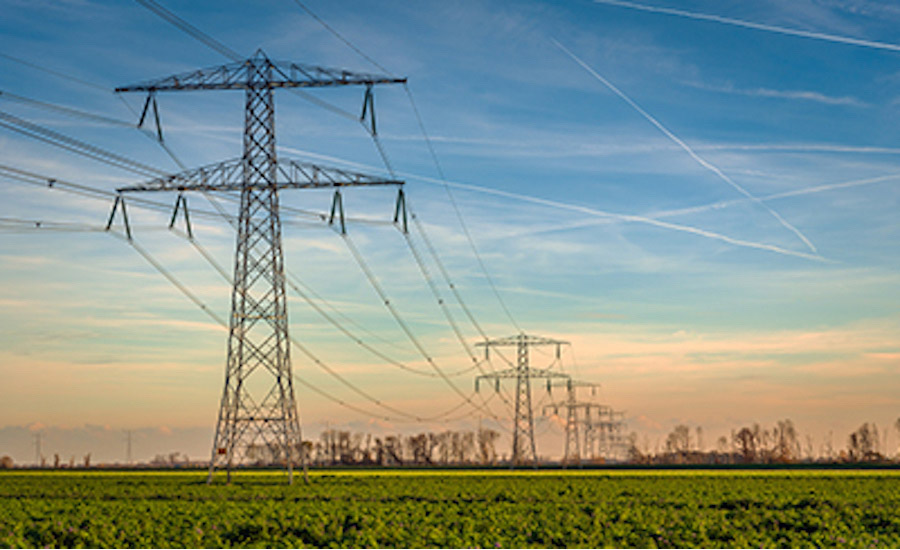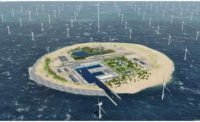The operator of most of California’s power grid announced March 17 a 10-year transmission upgrade plan, specifying 23 projects costing an estimated $2.9 billion to accommodate a big boost in planned carbon-free power.
The California Independent System Operator, which manages power across high-voltage, long-distance lines that make up 80% of the state grid, said the announced total is a major increase in identified transmission upgrades, which have averaged $217 million annually over the past five years.
“In 2021 alone, we added 85 new clean energy projects to the grid, the most ever in a single year,” said Neil Millar, CAISO vice president, infrastructure and operations planning. The operator noted that this year’s plan projects 2,700 MW of new power added per year, but the 2022-23 plan is set to forecast more than 4,000 MW of new resources per year.
CAISO’s plan, coordinated with the California Public Utilities Commission and California Energy Commission, specifies 16 transmission projects totaling $1.4 billion to address reliability concerns. They include two high-voltage, direct current projects in the San Jose-Silicon Valley area. Another group of projects totaling $1.5 billion aims to meet a state requirement for 100% renewable generation by 2045. in 2021, half of CAISO’s power came from natural gas.
Planned projects include a major reinforcement in the GridLiance/Valley Electric System near the California-Nevada border.
CAISO said 18 of the 23 projects in its plan are in Pacific Gas & Electric service territory. A PG&E executive told Utility Dive that it will need to further study four higher-voltage projects set for competitive solicitation because they could involve major changes to the grid such as new substations in densely populated areas and have in-service target dates as early as 2028.
Ratings firm Fitch earlier this month affirmed CAISO’s rating at A+, citing its “stable revenues and cash flows” and “integral role in meeting California’s aggressive greenhouse gas reduction goals.”
Fitch noted that 5,000 MW of battery storage would be added to the grid between 2021 and 2022 “to expand CAISO’s ability to serve peak demand.”





Post a comment to this article
Report Abusive Comment